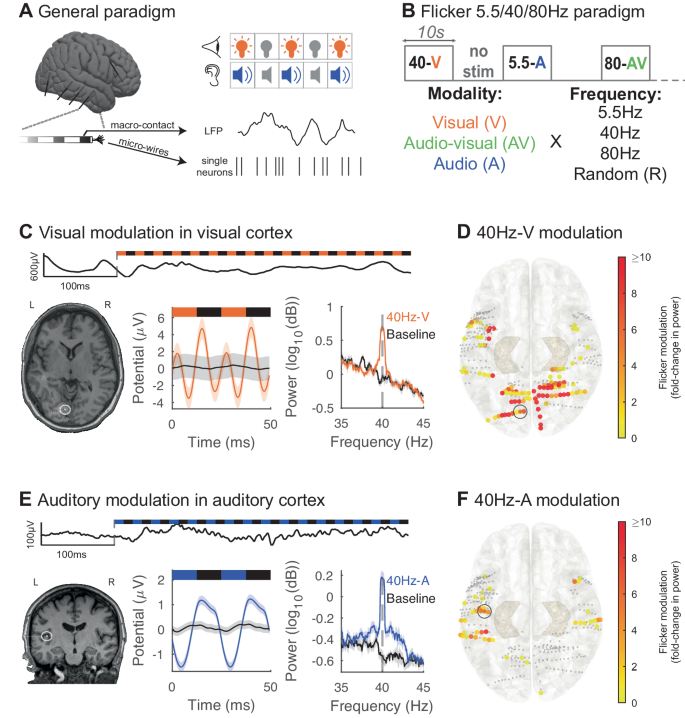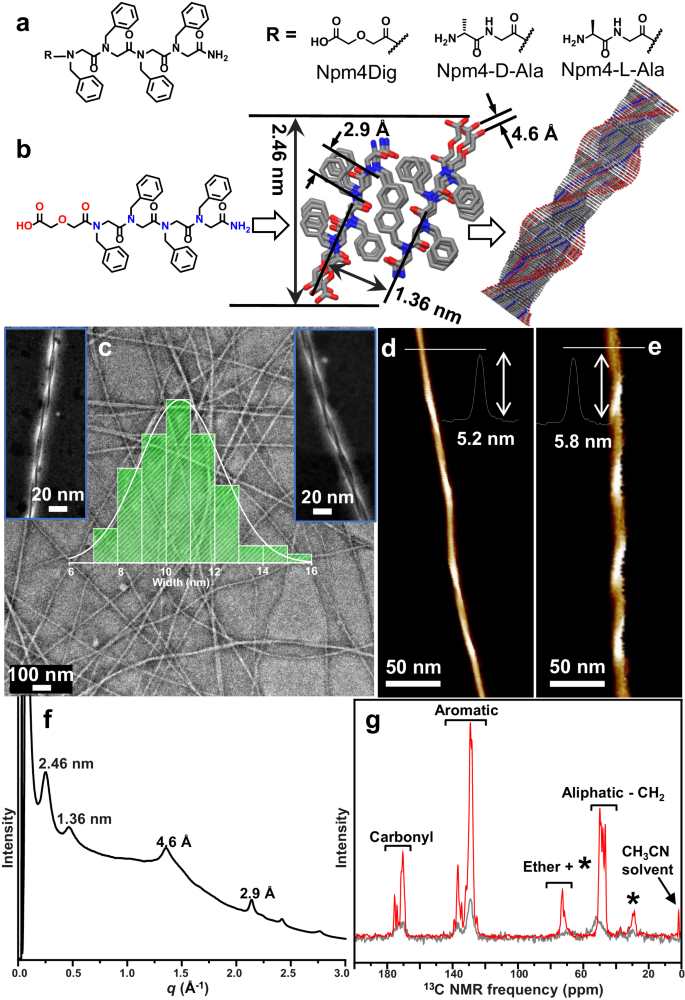2024-05-09 ワシントン州立大学(WSU)
<関連情報>
- https://news.wsu.edu/press-release/2024/05/09/study-shows-how-night-shift-work-can-raise-risk-of-diabetes-obesity/
- https://pubs.acs.org/doi/abs/10.1021/acs.jproteome.3c00418
サーカディアン・ミスアライメントによる末梢血単核球のインスリン経路と炎症プロセスの分子レベルでの調節障害 Molecular-Level Dysregulation of Insulin Pathways and Inflammatory Processes in Peripheral Blood Mononuclear Cells by Circadian Misalignment
Jason E. McDermott, Jon M. Jacobs, Nathaniel J. Merrill, Hugh D. Mitchell, Osama A. Arshad, Ryan McClure, Justin Teeguarden, Rajendra P. Gajula, Kenneth I. Porter, Brieann C. Satterfield, Kirsie R. Lundholm, Debra J. Skene, Shobhan Gaddameedhi, and Hans P. A. Van Dongen
Journal of Proteome Research Published:April 15, 2024
DOI:https://doi.org/10.1021/acs.jproteome.3c00418
Abstract

Circadian misalignment due to night work has been associated with an elevated risk for chronic diseases. We investigated the effects of circadian misalignment using shotgun protein profiling of peripheral blood mononuclear cells taken from healthy humans during a constant routine protocol, which was conducted immediately after participants had been subjected to a 3-day simulated night shift schedule or a 3-day simulated day shift schedule. By comparing proteomic profiles between the simulated shift conditions, we identified proteins and pathways that are associated with the effects of circadian misalignment and observed that insulin regulation pathways and inflammation-related proteins displayed markedly different temporal patterns after simulated night shift. Further, by integrating the proteomic profiles with previously assessed metabolomic profiles in a network-based approach, we found key associations between circadian dysregulation of protein-level pathways and metabolites of interest in the context of chronic metabolic diseases. Endogenous circadian rhythms in circulating glucose and insulin differed between the simulated shift conditions. Overall, our results suggest that circadian misalignment is associated with a tug of war between central clock mechanisms controlling insulin secretion and peripheral clock mechanisms regulating insulin sensitivity, which may lead to adverse long-term outcomes such as diabetes and obesity. Our study provides a molecular-level mechanism linking circadian misalignment and adverse long-term health consequences of night work.


